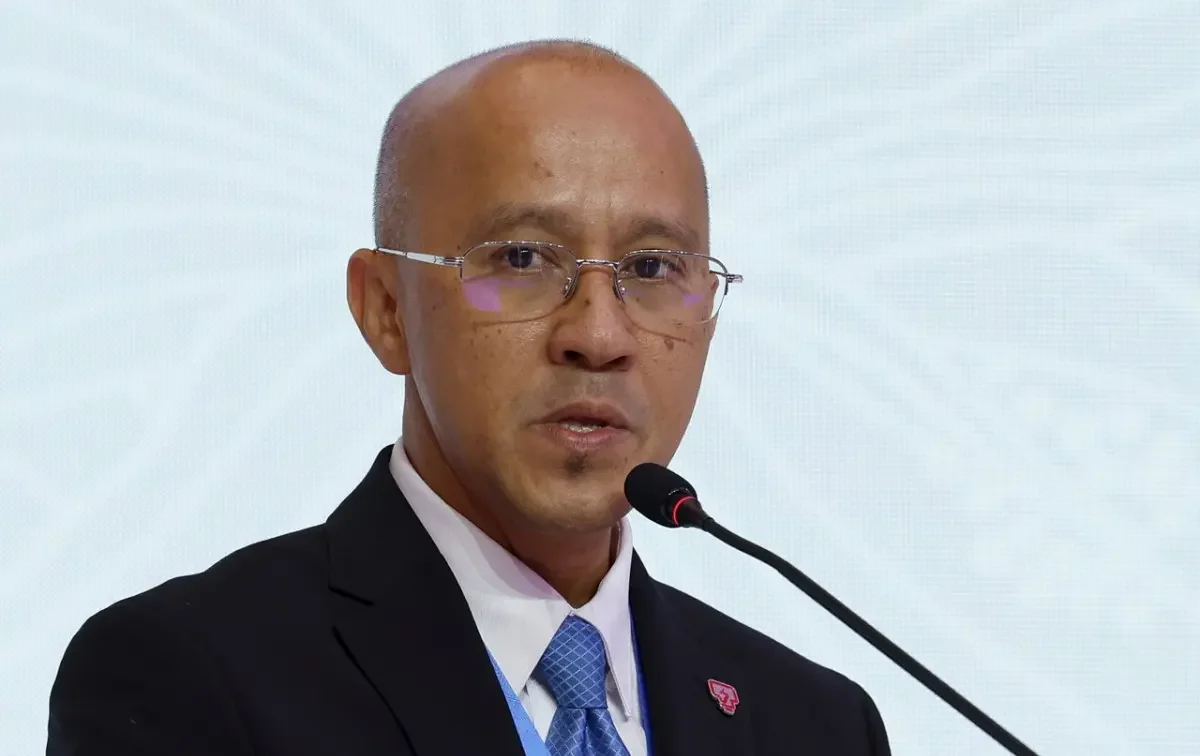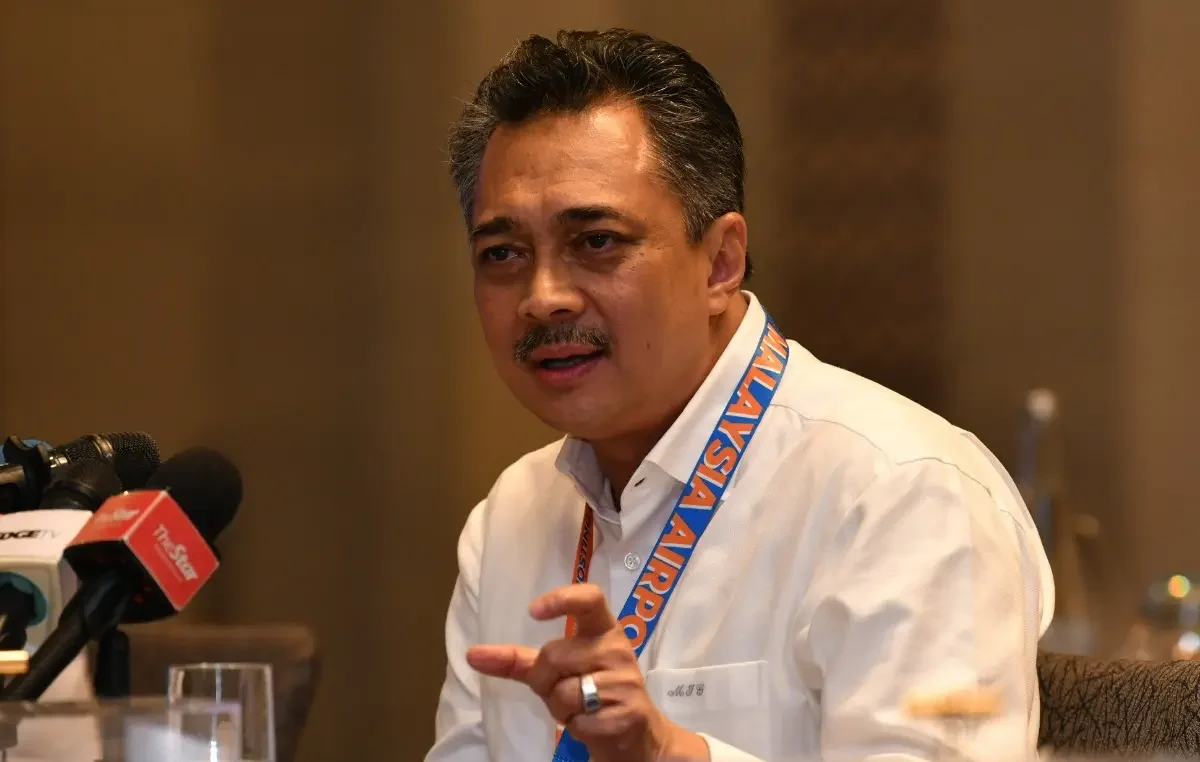KUALA LUMPUR, Tenaga Nasional Bhd is forming a consortium with local and international partners to develop the Sarawak–Peninsular Malaysia power interconnection project — a key part of the Asean Power Grid initiative to enhance regional energy connectivity.
Tenaga’s chief grid officer Hasmarizal Hassan said the utility giant is finalising discussions with potential partners, targeting a 51:49 equity structure between Tenaga and an international collaborator. The consortium is expected to be finalised by year end, with a full feasibility study slated to begin in early 2026, following the completion of a pre-feasibility study earlier this year.

Tenaga Nasional Bhd’s chief grid officer Hasmarizal Hassan.
The project, which will transmit up to 2,000 megawatts (MW) of renewable hydroelectric power from Sampadi, near Kuching, to Sedili in Johor via a 700km submarine cable, is designed to support both domestic and regional demand. Hasmarizal said 70% of the generated power is expected to be exported to Singapore, while the remaining 30% will feed into Malaysia’s national grid.
“This project is a major milestone under the Asean Power Grid vision. It will not only strengthen Malaysia’s energy security but also position us as a regional clean energy hub,” he said during his keynote at the Asean Energy Business Forum 2025 on Wednesday.
Cross-border projects underway
Tenaga is also advancing a second power interconnection with Singapore to boost export capacity beyond the existing 1,100MW link. A joint development agreement with SP Group Assets Ltd is scheduled for signing on Oct 16, with a formal exchange on Oct 17.
The new project will feature a 500kV substation in Pasir Gudang, Johor, connected to Pasir Ris, Singapore, via a 2km submarine cable, and is targeted for commissioning between 2029 and 2030.
In addition, Malaysia is part of the Vietnam–Malaysia–Singapore Interconnection (VMSI) project, estimated at RM21 billion, which aims to transmit 2,000MW of wind power from southern Vietnam to Singapore through Malaysia.
The VMSI project — jointly developed by Tenaga, Petroliam Nasional Bhd (Petronas), Vietnam’s PVM, and Singapore’s Sembcorp Industries Ltd — includes a 700km submarine cable from Vietnam to Kelantan and a 782km “supergrid” stretching through Terengganu, Pahang, and Johor. Feasibility studies are due by 2027, with commercial operations expected by 2034.
Tenaga is also upgrading the Malaysia–Thailand interconnection, which currently transmits 300MW, to a capacity of at least 1,000MW. Separately, a Sumatra–Melaka interconnection is under pre-feasibility study, supported by the US Trade and Development Agency, as Malaysia explores new grid links with Indonesia to expand renewable energy trade.






